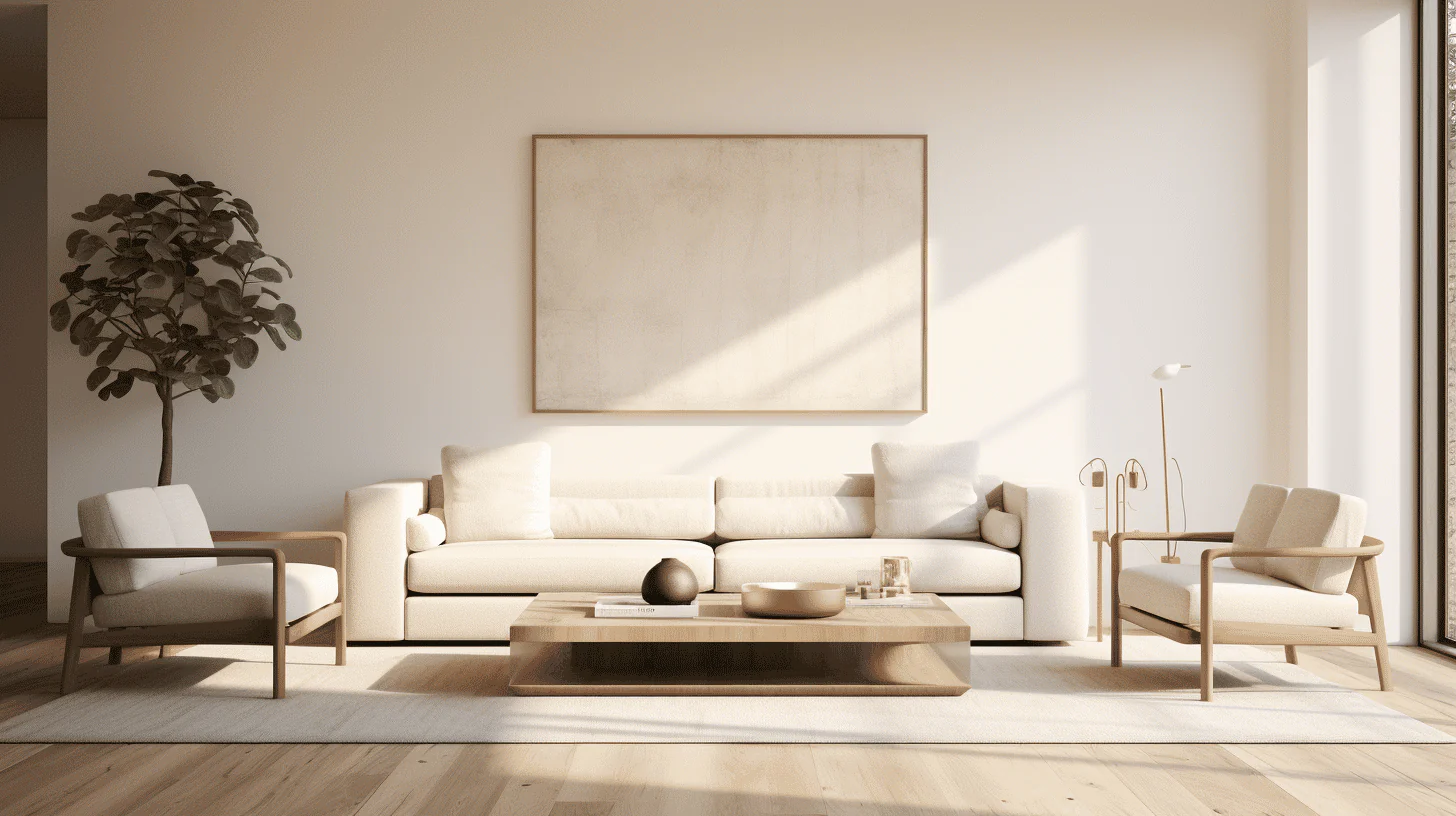In a world that constantly pushes us to accumulate more—more stuff, more achievements, more busyness—minimal living offers a refreshing alternative: simplicity. It’s not about deprivation but about intentionally choosing what adds value to your life and letting go of what doesn’t.
Minimal living is an art, and like any art form, it’s personal, evolving, and deeply fulfilling. Let’s explore how embracing simplicity can bring more joy, peace, and meaning to your life.
What Is Minimal Living?
Minimal living is about focusing on what truly matters. It’s not just about decluttering your home or owning fewer things—it’s about clearing out the mental and emotional clutter too. It’s living with intention, prioritizing quality over quantity, and finding contentment in the essentials.
Key Aspects of Minimal Living:
- Owning only what you need and love
- Simplifying daily routines
- Prioritizing experiences over possessions
- Creating mental and emotional space
Minimalism looks different for everyone. For some, it’s about downsizing to a smaller home, while for others, it’s about cultivating a simpler mindset.
Benefits of Minimal Living
- Less Clutter, More Clarity
Physical clutter often leads to mental clutter. When you clear your space, you create room for clarity and focus. A clean, organized environment can reduce stress and boost productivity. - More Time for What Matters
By letting go of excess commitments and distractions, you free up time for the things that truly matter—whether it’s spending time with loved ones, pursuing hobbies, or simply relaxing. - Financial Freedom
Minimal living encourages mindful spending. Instead of chasing the latest trends or gadgets, you can focus on saving, investing, or spending on meaningful experiences. - Enhanced Well-Being
Simplicity reduces decision fatigue, anxiety, and the pressure to keep up with others. It creates a sense of peace and contentment, making room for gratitude and joy. - Sustainable Living
Owning less and consuming mindfully benefits not only you but the planet too. Minimalism often aligns with eco-friendly practices like reducing waste and supporting sustainable products.
How to Embrace Minimal Living
- Start Small
You don’t have to overhaul your life overnight. Begin with one area, like your wardrobe or kitchen, and declutter what no longer serves you. - Ask the Right Questions
When evaluating your belongings, ask:- Do I use this regularly?
- Does it add value or joy to my life?
- Would I miss it if it were gone?
- Simplify Your Schedule
Minimalism isn’t just about stuff—it’s also about how you spend your time. Learn to say no to commitments that don’t align with your priorities and make room for rest and relaxation. - Focus on Quality, Not Quantity
Invest in fewer, high-quality items that last. Whether it’s clothes, furniture, or friendships, choose things that bring lasting joy and value. - Cultivate Gratitude
Minimal living encourages you to appreciate what you have. Regularly practice gratitude to shift your focus from what you lack to the abundance already in your life. - Digital Decluttering
Simplify your digital life by organizing files, deleting unnecessary apps, and limiting screen time. A clean digital space can enhance focus and reduce overwhelm.
Finding Joy in Simplicity
Minimal living isn’t about sacrifice—it’s about freedom. It’s the freedom to live on your own terms, unburdened by excess. It’s about savoring the small, simple moments: a quiet morning with a cup of coffee, a deep conversation with a friend, or the satisfaction of a clutter-free space.
When you strip away the noise, you make room for what truly matters. Joy comes not from having more but from appreciating enough.
Conclusion
The art of minimal living is a journey toward greater clarity, purpose, and happiness. It’s about finding joy in simplicity and realizing that less truly can be more.
Embrace minimalism at your own pace, in a way that feels right for you. Start small, stay mindful, and watch as your life transforms into a space of calm, contentment, and joy.
